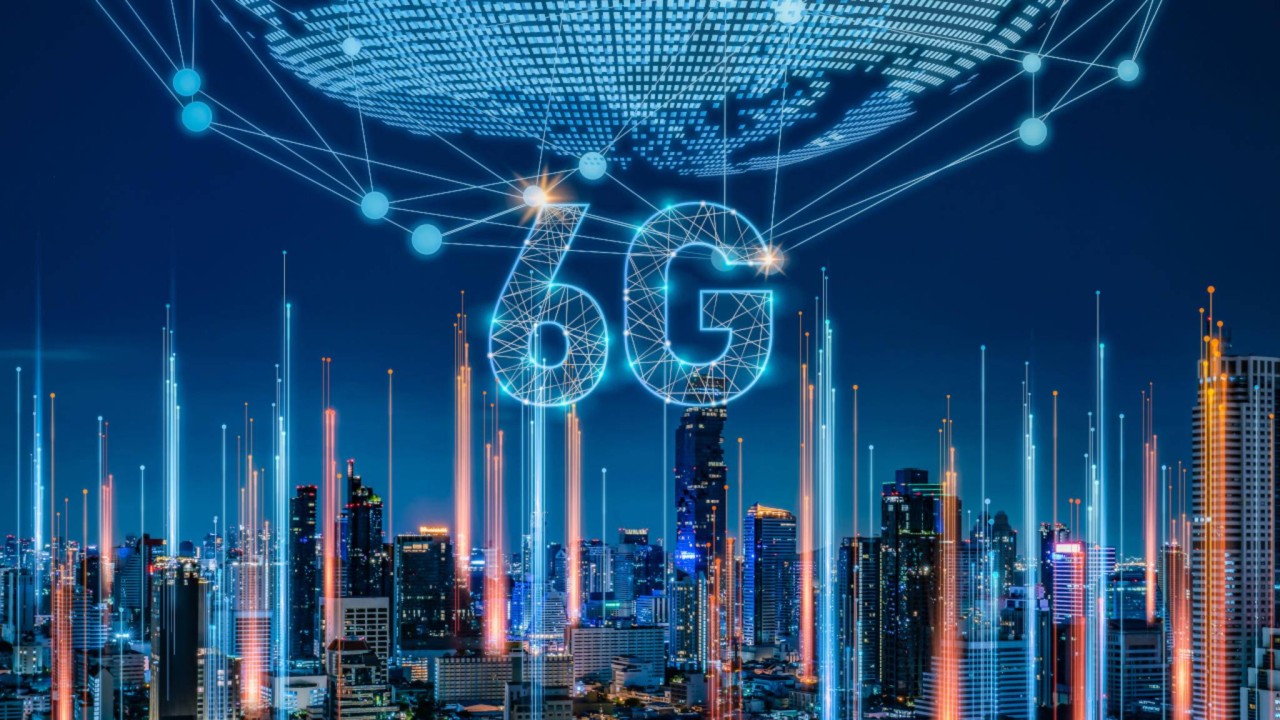The world of wireless communication has witnessed remarkable advancements over the years, with each generation of technology revolutionizing the way we connect and interact. As we stand on the cusp of the fifth-generation wireless network (5G) becoming mainstream, discussions have already begun about the next frontier in connectivity—6G. While 5G is still rolling out globally, researchers, engineers, and technology enthusiasts are exploring the potential of 6G, which promises to be even faster, more efficient, and transformative. In this blog, we will delve into the current state of 6G, examining its objectives, potential technologies, and the anticipated impact on various sectors.

6G: The Next Leap in Connectivity
6G refers to the sixth generation of wireless communication technology that aims to succeed the current 5G networks. As with previous generations, the primary goal of 6G is to provide higher data rates, lower latency, and more reliable connections compared to its predecessors. However, 6G goes beyond mere performance improvements by targeting ambitious objectives, including enhanced user experiences, ubiquitous connectivity, and support for emerging technologies like artificial intelligence (AI), augmented reality (AR), and virtual reality (VR).
Technological Foundations for 6G
To achieve its lofty goals, 6G will build upon and leverage several key technologies. Some of the foundational elements being explored include:
- Terahertz (THz) Communication: 6G envisions the use of the terahertz spectrum, which offers significantly higher frequencies than the gigahertz range used in current wireless networks. Terahertz communication has the potential to provide multi-terabit-per-second data rates, enabling unprecedented speed and capacity.
- Massive MIMO and Beamforming: Multiple-Input Multiple-Output (MIMO) technology has been instrumental in 4G and 5G networks. 6G will further advance this concept by incorporating Massive MIMO, utilizing hundreds or even thousands of antenna elements to enhance spectral efficiency and network capacity. Beamforming techniques will be crucial for directing focused signals toward specific users, reducing interference, and improving overall network performance.
- Integrated Satellite Communication: To ensure global coverage and ubiquitous connectivity, 6G is expected to integrate terrestrial networks with satellite communication systems. This convergence will allow seamless connectivity in remote areas and enable a truly worldwide network infrastructure.
- Quantum Communication: Quantum technology holds great promise for secure and efficient communication systems. 6G aims to incorporate quantum key distribution (QKD) and quantum-resistant encryption algorithms to provide unparalleled security and privacy in wireless communication.
Expected Features and Capabilities of 6G
While 6G is still in its early stages of research and development, experts have outlined some potential features and capabilities that could define the next-generation wireless network:
- Lightning-Fast Speeds: 6G aims to achieve data rates of up to 100 gigabits per second (Gbps) or more, enabling ultra-high-definition streaming, instant downloads, and real-time interactive applications.
- Ultra-Low Latency: Reduced latency is a critical aspect of 6G, with targets set as low as one millisecond (ms) or less. This instantaneous response time will be crucial for applications such as autonomous vehicles, remote surgery, and immersive gaming.
- Seamless Connectivity: 6G aims to provide ubiquitous connectivity, ensuring uninterrupted network coverage in both urban and rural areas. The integration of satellite networks, advanced antenna technologies, and dynamic spectrum sharing techniques will contribute to achieving this goal.
- AI-Driven Network: 6G is expected to leverage AI and machine learning techniques to optimize network resource allocation, predict user behavior, and adapt to dynamic environments. Intelligent network management will enhance efficiency, energy savings, and overall performance.
- Extended Reality (XR) Support: 6G will enable immersive XR experiences, combining virtual, augmented, and mixed reality applications with seamless connectivity and low latency. This technology has the potential to revolutionize entertainment, education, and telepresence.
The Global Race for 6G
Several countries and companies have already embarked on the journey toward 6G, investing in research, development, and standardization efforts. The race for 6G supremacy involves both established players and emerging economies, aiming to lead the next wave of wireless technology. Nations like China, the United States, South Korea, Japan, and the European Union have launched initiatives, formed alliances, and allocated substantial resources to drive innovation and secure a competitive edge in the global 6G landscape.
The Potential Impact of 6G
- Transforming Industries: 6G has the potential to revolutionize various industries, including healthcare, transportation, manufacturing, entertainment, and agriculture. From telemedicine enabled by immersive XR to smart factories empowered by ultra-low latency and AI-driven automation, 6G will unlock new possibilities and drive digital transformation.
- Enabling Emerging Technologies: As the foundation for emerging technologies like AI, IoT, XR, and robotics, 6G will unleash their full potential. With lightning-fast speeds, ubiquitous connectivity, and low latency, 6G will enable autonomous systems, intelligent infrastructure, and seamless human-machine interactions.
- Bridging the Digital Divide: The integration of satellite communication and universal connectivity in 6G will play a vital role in bridging the digital divide. Remote and underserved areas will gain access to high-speed internet, empowering communities and enabling equal opportunities for education, employment, and economic growth.
Conclusion
While 6G is still a concept taking shape in the minds of researchers and engineers, it holds tremendous promise for the future of connectivity. The ambitious goals, potential technologies, and anticipated impact discussed in this blog highlight the transformative nature of 6G. As we continue to witness the global deployment of 5G, the race toward 6G is already underway, shaping the next chapter in wireless communication. With its potential to redefine industries, enable emerging technologies, and connect the unconnected, 6G has the potential to shape our future in ways we are only beginning to comprehend.